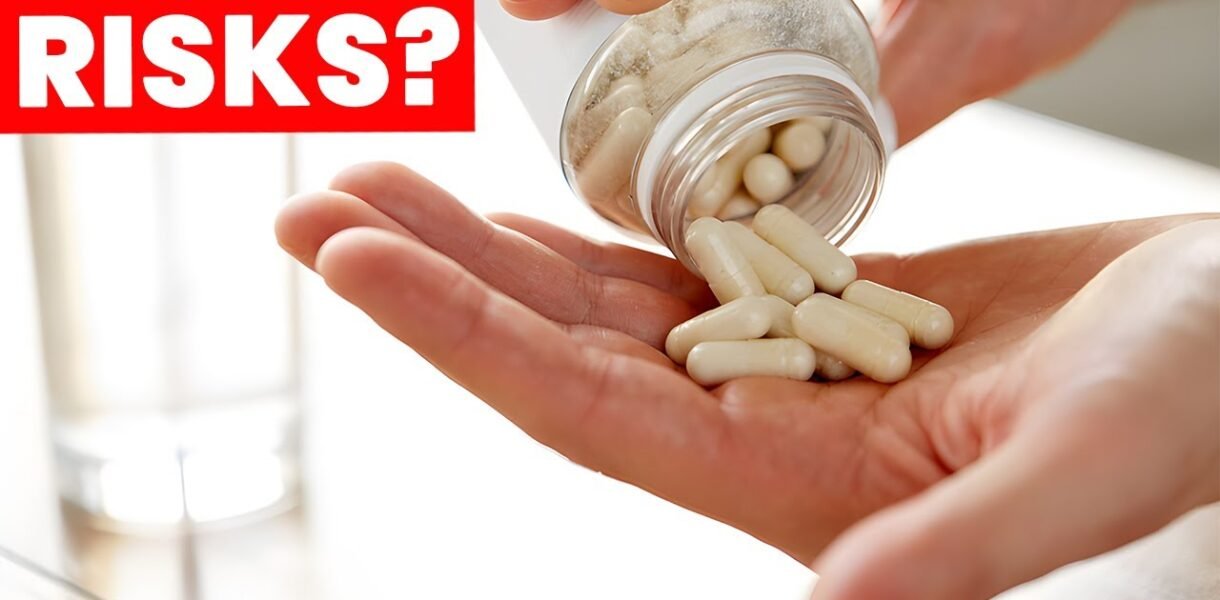Table of Contents
Is it dangerous to take high amounts of vitamin D3? Here is what you should know.
Every cell in the body has receptors for vitamin D, and the functions of vitamin D are vast. Vitamin D isn’t even really a vitamin. It’s a hormone. It acts very similarly to cortisol (another hormone) as an anti-inflammatory but without side effects.
I’d like to talk about the risks of taking 10,000 IUs of vitamin d 3 .
Sounds like a lot , 10,000 .
What does “IU” stand for?
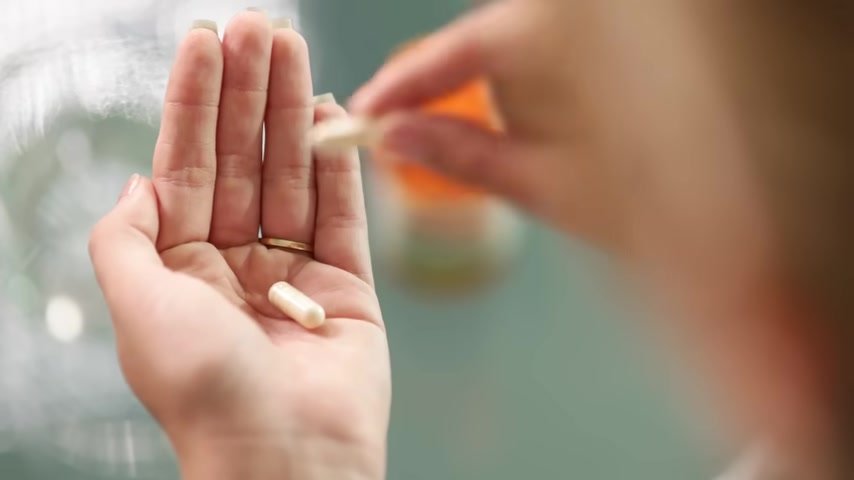
Just so you know very briefly , IUs stand for international units .
So 10,000 international units of vitamin d is equivalent to not even 1 milligram , Not even a half a milligram .
It’s actually 1 quarter of 1 milligram .
Point 25 milligrams , which is 250 micrograms .
a person really needs 10,000 IU of vitamin D3 as a maintenance dose. This has to do with there being a lot of different things that stop vitamin D from going into your body.
That’s 10,000 international units of vitamin d 3 .
Are high amounts of vitamin D3 dangerous?
So is there a risk of taking that much ?

I think there’s a bigger risk of not taking that much .
Let me explain .
I recently found some information that literally blew me away , and I think it’s gonna blow you away too .
But first , let me just give you a little foundation of what we’re talking about .
The great majority of us are deficient in vitamin d .
Now , I guess the conflicting information is that the RDAs of vitamin d is between 600 to 800 international units .
And now we’re talking about taking 10,000 ?
It sounds like a huge gap , but what you have to realize is that 600 to 800 IUs is based on old research relating to preventing osteoporosis bone loss .
It’s not updated and correlated with all the new information related to the benefit of vitamin d for your immune system .
What’s even more wild is that vitamin d is not really even a vitamin .
However, as a precaution, be sure to consume plenty of water (2.5 liters a day), take other nutrients that support vitamin D absorption, and take nutrients that protect you against hypercalcemia (the main potential toxic effect).
It’s a hormone , and it acts very similar to cortisol as an anti inflammatory , but without the side effects .
Every cell in your body has receptors for vitamin d .
The functions of vitamin d are very , very vast .
How much vitamin D you need and why
But I want this topic to focus mainly on why , you need as a maintenance dose 10,000 IUs .
It really has to do with the barriers of absorption .
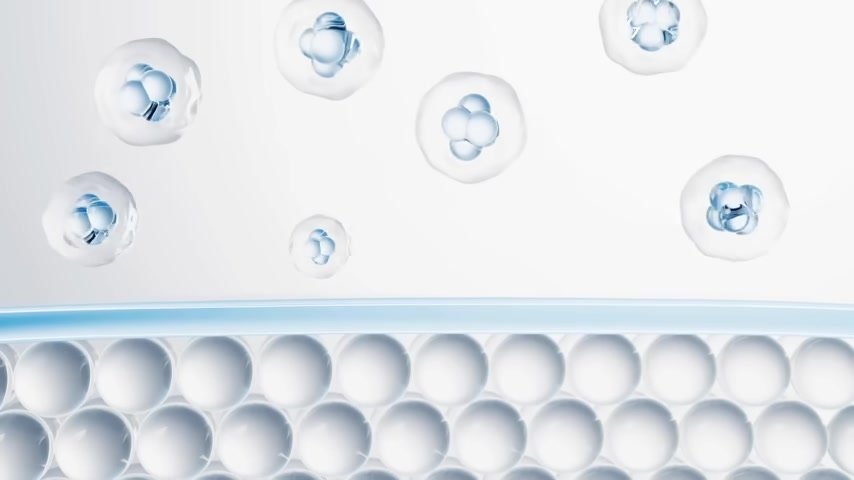
You have a lot of things that are stopping vitamin d from going into your body .
You have , the sun , like people don’t get enough sun or sun exposure to their skin .
They don’t go outside as much .
And if they’re going outside with a shirt on and just getting exposure to their face , you’re not gonna even get close to the amount that you need .
And , also , it’s almost impossible to get enough vitamin d from the foods that we eat .
Even if you eat fatty fish and cod liver oil and egg yolks , which are higher in vitamin d 3 , you’re still not gonna reach the levels that you need .
Then you have people that are overweight .

The more fat , right beneath your skin , the harder it is for the sun to penetrate to create the vitamin d necessary .
Then we have metabolic syndrome .
If you have diabetes or you have insulin resistance , vitamin d doesn’t go in that well .
The older you are , the skin becomes , thicker , and it’s harder to get your vitamin d .
The more pigment you have , in other words , the darker your skin , the less vitamin d absorption you’re gonna have .
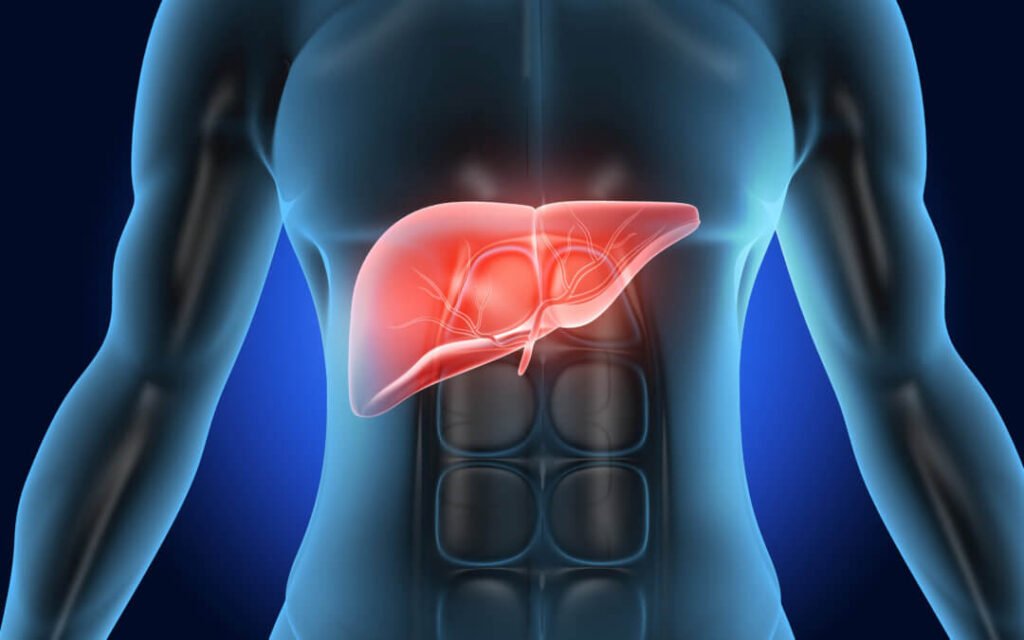
And also the more problem you have with the gallbladder or the liver .
Let’s say you have a fatty liver , the less absorption of vitamin d you’re gonna have .
Because you need bile to help you absorb vitamin d from the food as well as from a supplement because it’s a fat soluble vitamin .
And the more kidney problems you have , the less vitamin d you’re gonna have as well .
So the way it works is you have these precursor or inactive , vitamin d compounds that have to be converted to the active form of vitamin d .
And they go through various steps , but there’s a 2 primary steps .
1 through the liver , and one through the kidney to eventually get this active form of vitamin d 3 .
It then has to be absorbed in your receptors , and those receptors are called vitamin d receptors .
And if you have an infection , like a viral infection , these viruses can trick your body by downgrading the receptors and preventing you from absorbing vitamin d 3 .
So that’s another barrier .

If you’re immune compromised or you have an immune system problem , the amount of vitamin d you’re gonna need is gonna have to be a lot more to penetrate that resistance that the virus has strategically , created for you .
And when they do a blood test for vitamin d , they’re not testing the active form of vitamin d .
They’re testing the inactive form .
And the reason why is because if they tested the active form , there’s a lot of problems with that .
Number 1 being that it has a very , short half life .
Like , I think it’s , 4 to 6 hours compared to 2 to 3 weeks for the inactive vitamin d 3 .
And , also , the active form of vitamin d 3 is a 1000 times less than the inactive .
So , apparently , you have a lot of inactive vitamin d sitting there waiting to be converted .
And , also , when you’re deficient in the inactive version of vitamin d 3 , your body will then compensate and make more of the active vitamin d 3 .
So if you tested the active vitamin d 3 , and it shows up normal , it doesn’t really give you a lot of information .
So this is why the inactive form is tested , but this next thing is gonna blow you away .
And this relates to your genes .
I’ve been recently involved in a lot of research in genetics looking at , what’s called polymorphisms , which are alterations in certain genes that make you more susceptible to having problems with certain illnesses .
But there’s 3 polymorphisms that are routinely tested when you do your DNA test that I need to talk about .
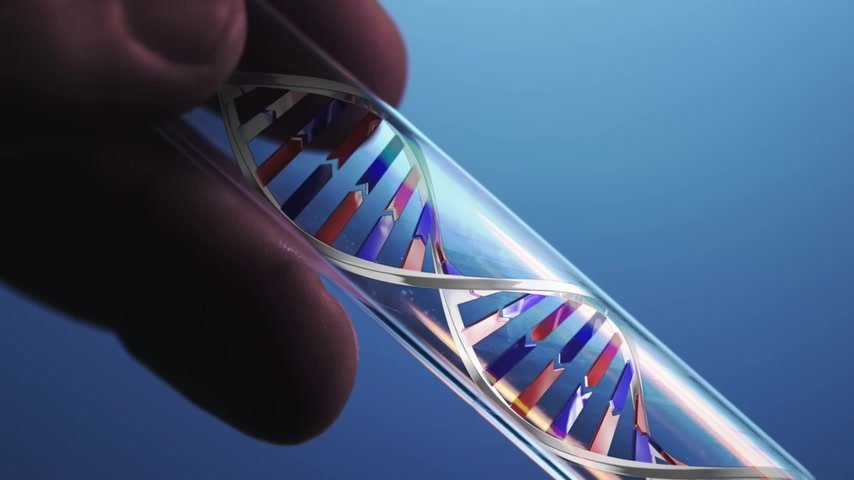
Because , in the last , I would say , several months , I tested their DNA .
They’re mainly friends and family members , and I wanted to just get experience , in this topic , and testing real people is a very good way to do that .
And check this out .
This is just related to vitamin d .
Out of the 21 people that I tested , 100% of them had at least one problem with vitamin d absorption .
In other words , they had at least one genetic issue with their vitamin d , which is another barrier that I don’t think is really acknowledged or even known .
It could be the next 21 people I test don’t have a problem with vitamin d , but with this small sample , there was 21 out of 21 people that had a problem .
Relating to vitamin d genes , in the first gene , it was called the , cyp2r1 .

And out of all the 21 people tested , 90% of them had a problem with this gene , and 38% of that group had a major problem with that polymorphism or mutation .
And this gene is one of the 2 steps in the conversion from the inactive to the active and occurs in the liver .
So in other words , if you have a problem with this gene , you’re gonna have a problem in converting the inactive form to the active form .
Now let’s talk about the other two genes .
These other two genes were involved with transportation , like binding to a protein and transporting this vitamin d throughout your circulation .
And out of all 21 , in the first transporter gene , there was , like , 61% of the people that had a problem with that one .
And then with that second transporter , there was , like , 76% of the people that had a problem with that gene .
So a lot of people didn’t have a problem just with one gene .
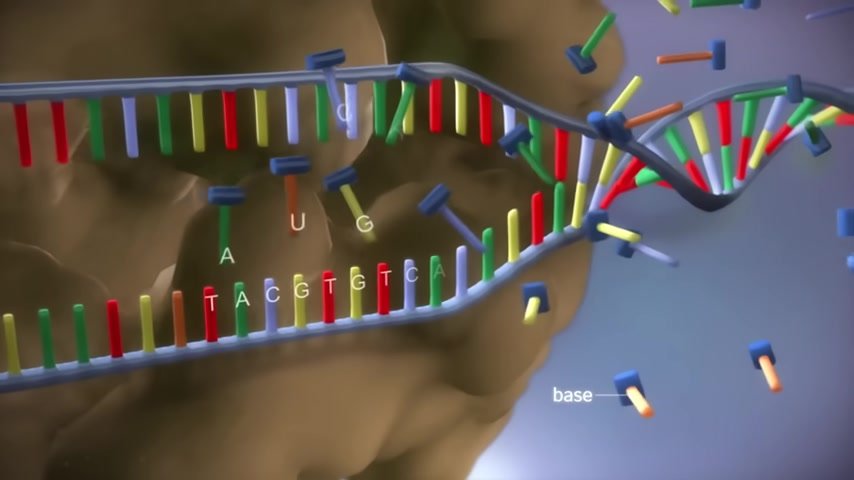
It was all three genes .
So if we take this genetic alteration on top of all these other barriers , now we can see 10,000 IUs is not gonna be toxic at all .
In fact , it’s gonna be necessary to penetrate some of these big barriers that people are up against .
What is considered a toxic amount of vitamin D?
That being said , how much vitamin d does create a toxicity effect ?
Well , that’s still in debate , but , based on all the research that I looked at , it would take 100 of 1000 of international units of vitamin d for months before it created a toxic effect .
And that toxic effect is primarily hypercalcemia , and the risk of that problem is mainly kidney stones .
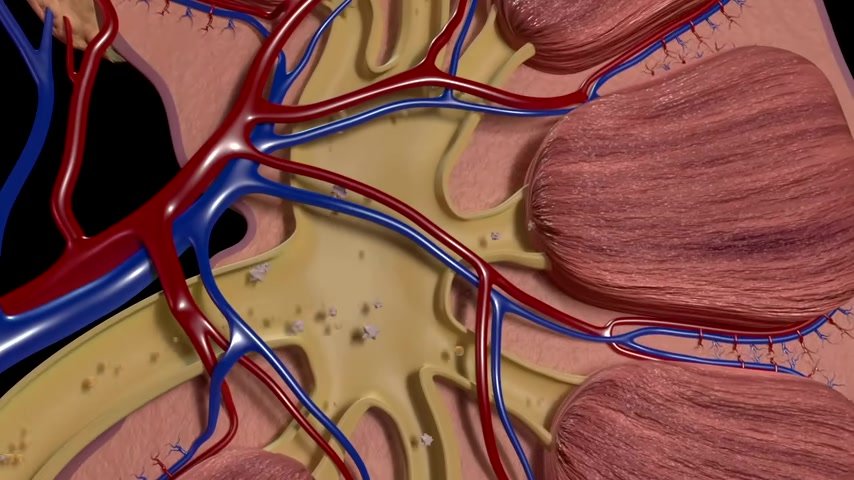
So just as a precautionary step , if you’re drinking , 2 and a half liters of fluid a day , that decreases your risk big time of getting a kidney stone because you’re gonna keep the urine diluted .
And then on top of that , if you take some of the supporting nutrients that allows , vitamin d absorption as well as the function of it , and also factors that protect you against hypercalcemia , like vitamin k 2 , magnesium , b 6 , zinc , then that puts you even in a safer range .
And one last point about getting your blood tested with vitamin d , to date , there’s still no , consensus , from the entire medical community on what those values should be .
By most doctors , is between a 150 to 200 nanograms per milliliter .
But , again , when they do a blood test , they’re looking at the inactive vitamin d .
They’re not looking at the active vitamin d , and they’re also not looking at what happens , in the vitamin d receptor absorption into your cells .
We’re not looking at that level .

If you also have a genetic problem in the vitamin d receptor , or you have an infection , some virus that’s downgrading that vitamin d receptor , or even you have an autoimmune disease that has this downgraded vitamin d receptor , you might need much , much higher levels of vitamin d 3 than 10,000 IUs .
DATA:
https://www.ncbi.nlm.nih.gov/pmc/articles/PMC2665033
Key Points:
- Essential Role: Vitamin D3 is crucial for overall health and functions more like a hormone than a vitamin.
- Common Deficiency: Many people are deficient in vitamin D due to factors such as lack of sun exposure, obesity, metabolic issues, age, skin color, and genetic factors.
- Recommended Dose: The recommended daily maintenance dose of vitamin D3 is around 10,000 IUs for most individuals.
- Safety of High Doses: High amounts of vitamin D3 are generally not considered dangerous for most people and are often necessary to overcome absorption barriers.
- Vitamin D Toxicity: Toxicity is rare and typically occurs with extremely high intakes (around 100,000 IUs) over several months.
- Hypercalcemia Risk: The main concern with vitamin D toxicity is hypercalcemia, which can lead to kidney stones.
- Consult Healthcare Providers: It is important to consult with a healthcare provider before taking high doses of vitamin D3, especially if you have underlying health conditions or genetic factors affecting absorption.

